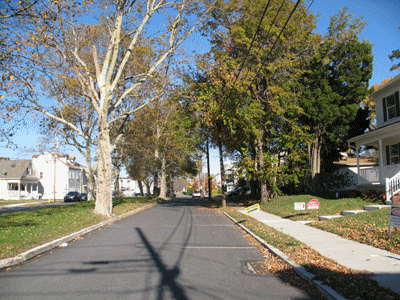Market Square

The year was 1701 and William Penn chartered this grassy plot to be a public market place whereby a free market would be held on the 6th day of every week selling all manner of provisions & other necessaries for life and a public fair to be held on the 9th & 20th day of September in every year for all lawful wares and merchandises in the Market Place and for horses & cattle in the upper part of Broad Street adjoining the Market Place. There shall be no unlawful sports, plays, gaming, reveling, drunkenness or debauchery, nor any other disorder, nor loose & idle practices tolerated in the fair, nor any ale, wine, rum or other strong liquors sold in the fair, BUT only in the usual dwelling houses of the town. Waller Marten & Philip Roman were appointed Wardens of the fair. In case of death of these two men successors must be appointed in office or no fair shall be held until such time as their election. William Pennís letter of instruction was made Patent at Philadelphia on the 12th day of September in the 13th year of the reign of William the Third over England, Scotland, France and Ireland .
This public open space in Marcus Hook was believed to be an area where archaeological deposits dating to the early Colonial period might be buried and preserved. As such, archaeological testing of this median was conducted by Joseph Blondino and Dr. David Orr of the Department of Anthropology at Temple University and their crew consisting of both graduate and undergraduate archaeology students from Temple in September 2009 in an attempt to locate undisturbed archaeological deposits relating to the early 18th century market.
Testing revealed an oyster shell pavement which seems to have covered a large portion of the median in the 19th & 20th centuries. It was hoped that this pavement would seal earlier surfaces however intact surfaces were found beneath. Indication is that the surface in this area was heavily reworked sometime in the 19th century or later when the pavement was put into place. Since the study was very limited at the time during the 2009 River Ramble the investigators feel that further testing may show that small areas of intact archaeological deposits indeed remain in as-yet untested locations with this lower Market Street median.
